 Learning is what leads to greater understanding and greater understanding is what leads to more informed choices.
Learning is what leads to greater understanding and greater understanding is what leads to more informed choices.
?
Ideally, learning is a way of life and not just a period in a person''s life; however, studies tell us that 50% of people will never read an entire book the rest of their life after they graduate high school.
?
And, if you think about the patients who walk through your door, there are probably those who are highly informed and proactive about their dental care, who understand the importance of oral care for their overall health and then there are those who don''t understand and/or are even resistant to care beyond cleanings every six months unless painful symptoms occur. And it''s probably accurate to say it''s evenly divided, isn''t it, between those who seek preventive care and those who get care as needed?
So, how do you, as a dentist, proactively educate those patients who generally rely upon what they already know and where getting them to come to your office for a recommended treatment is, well, like pulling teeth?
?
The secret we''re about to reveal is simpler than you might think.?
?
The secret to getting patients to accept your treatment recommendation is... TO REMOVE the obstacles to understanding so the patient can clearly see the benefit to his/her overall health and quality of life.
?
And just how do you REMOVE the obstacles?
?
The answer? EDUCATE them!
?
With this understanding about the need to understand, we''ve identified three primary components to increasing case acceptance. Patients will invest in dental treatment if they:
- understand the problem,
- understand the treatment that is being offered, and
- understand the value of the treatment and how that treatment will improve the quality of their life (whether it is related to improving function or aesthetics).
We know you''re busy, so we''ve developed a set of tools specifically developed to teach your patients in a language they''ll understand:? MULTI-MEDIA!
?
Visual images and especially animations tell a story. Most of us are visual learners. In situations in which there may be a communication barrier, we find that our clients use the animations as a component of informed consent.
- 3-D animations are used to visually explain the procedure and the benefits of the treatment,
- printable (e-mailable) documents serve as reinforcement of the animations and as a resource for patients to review at home.
- Click here?to view a 3D animation sample.










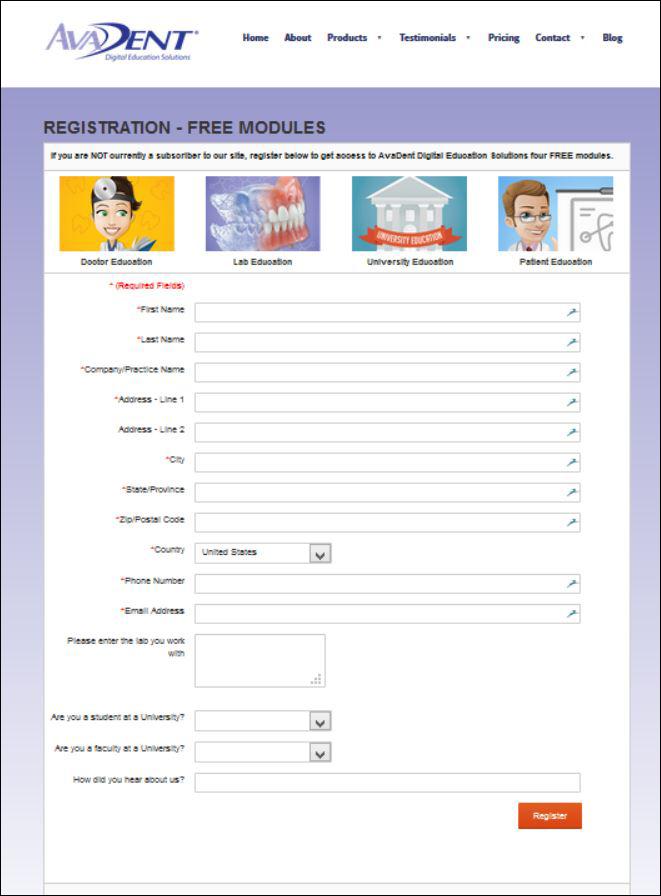

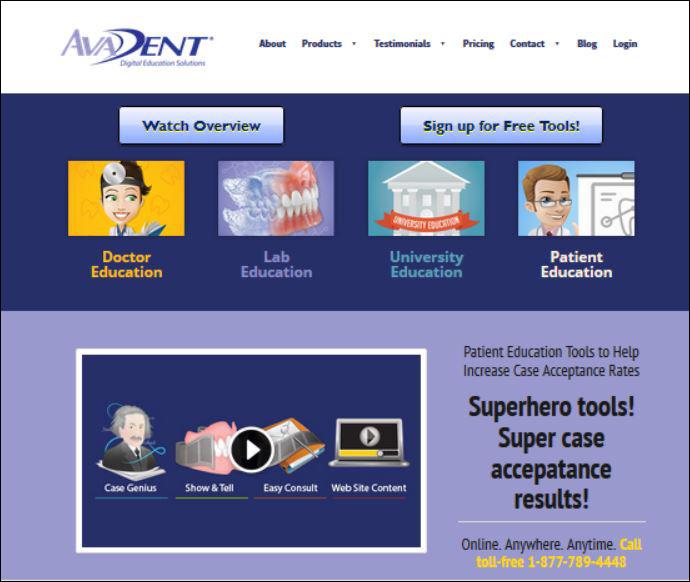
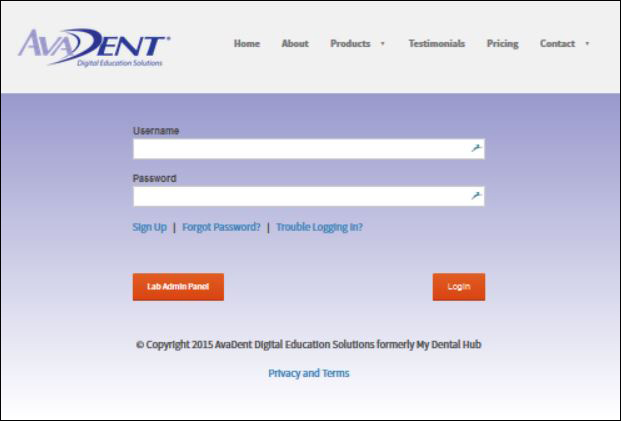
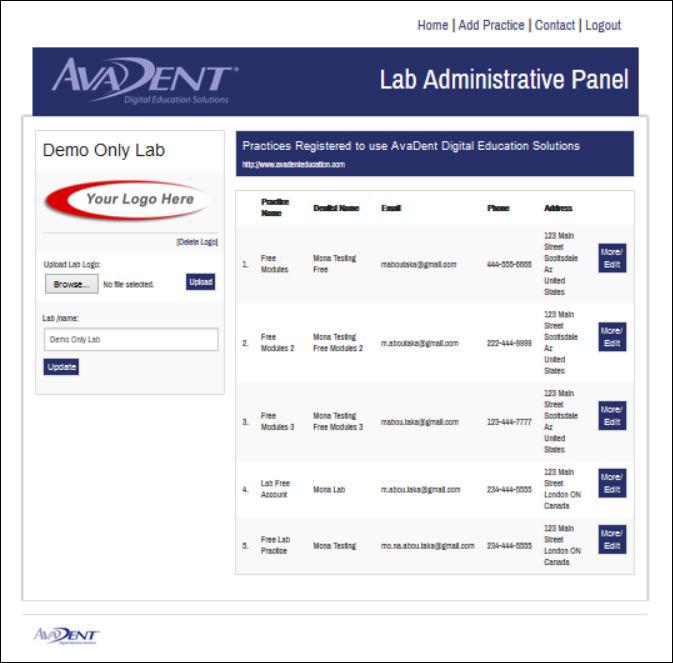
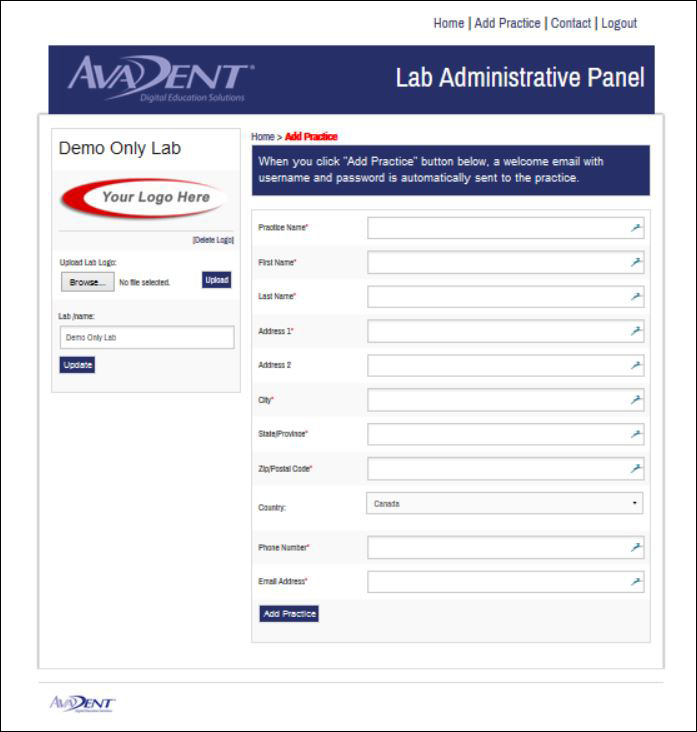

 Arts and Entertainment
Arts and Entertainment Business and Industry
Business and Industry Computer and Electronics
Computer and Electronics Games
Games Health
Health Internet and Telecom
Internet and Telecom Shopping
Shopping Sports
Sports Travel
Travel More
More